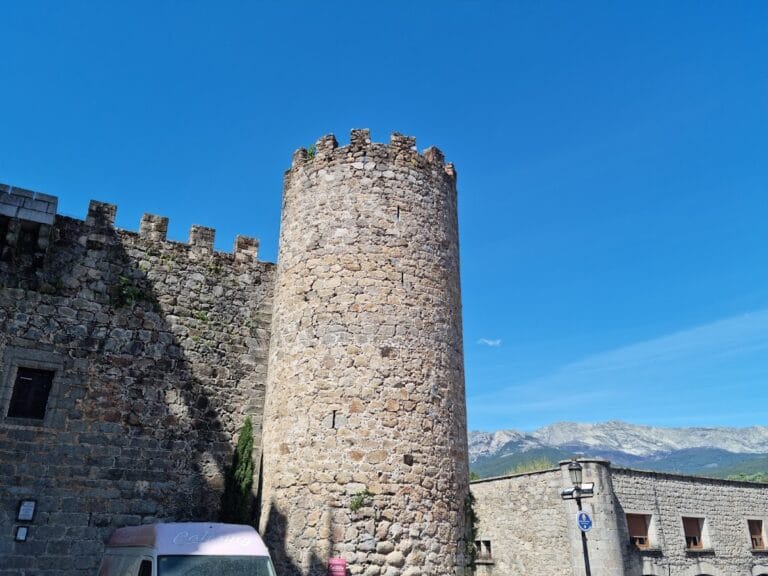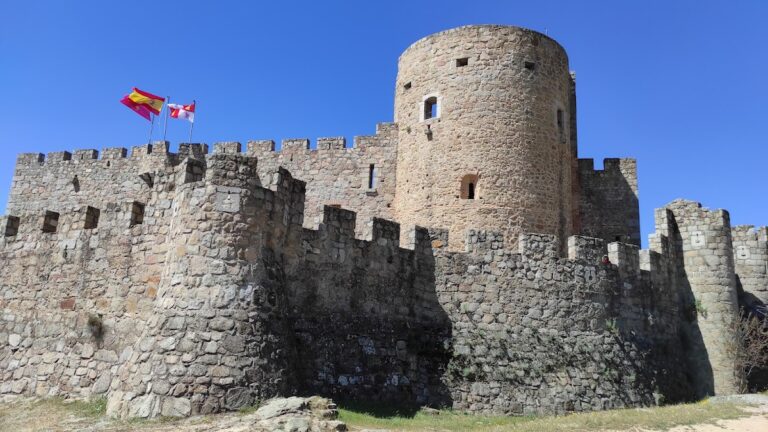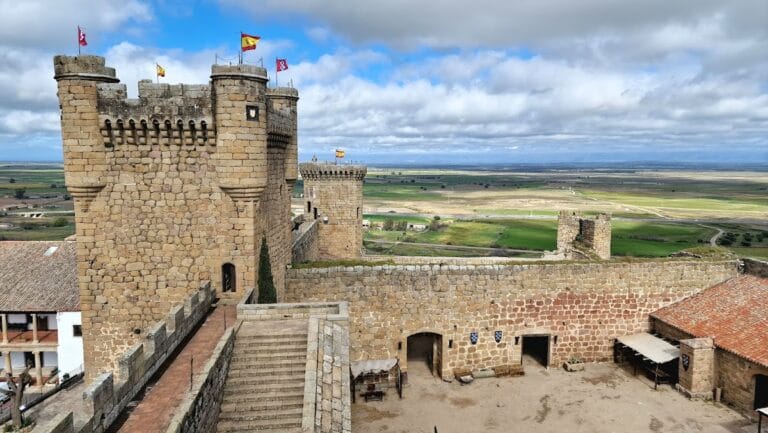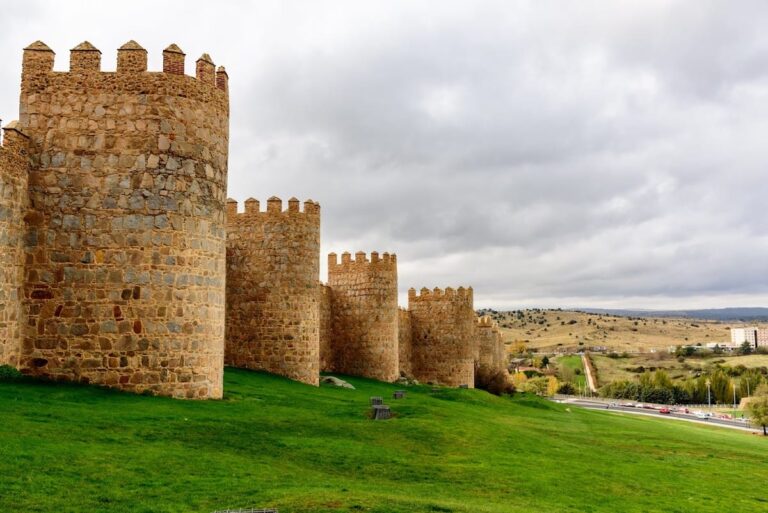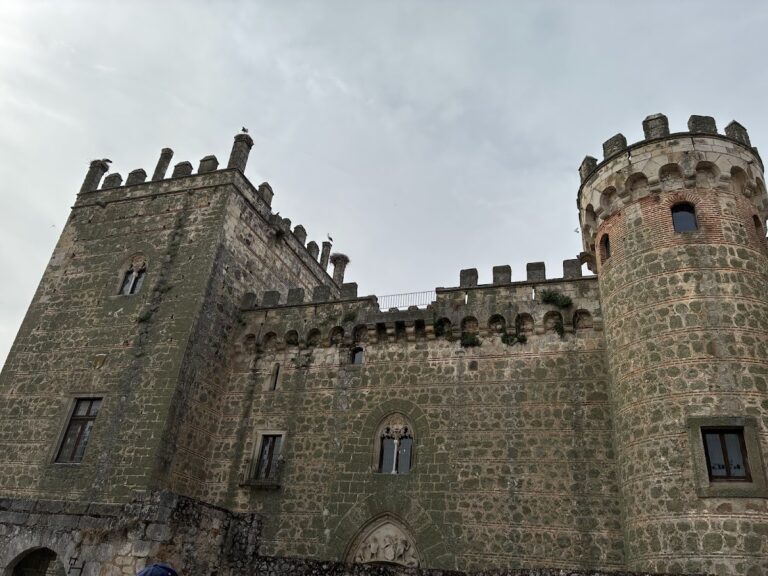Castillo de Mombeltrán: A Historic Noble Castle in Spain
Visitor Information
Google Rating: 4.3
Popularity: Medium
Google Maps: View on Google Maps
Official Website: www.turismocastillayleon.com
Country: Spain
Civilization: Unclassified
Remains: Military
History
The Castillo de Mombeltrán is located in the municipality of Mombeltrán, Spain. It was constructed by the Castilian nobility during the mid-15th century. The castle’s origins reflect the social and political dynamics of late medieval Castile under the reign of King Henry IV.
Construction began around 1461 or 1462, commissioned by Beltrán de la Cueva, the first Duke of Alburquerque and a close confidant of King Henry IV. He built the fortress-palace on a strategic terrace overlooking a ravine in the Sierra de Gredos, a mountainous area important for regional defense and control. The building served both as a fortified residence and a manifestation of the duke’s rising status. The architect Juan Guas, known for his work on other contemporary castles such as Belmonte and Manzanares el Real, is credited with the castle’s design based on stylistic similarities with these sites. This phase continued until around 1474.
In the 16th century, the castle underwent substantial changes under Francisco Fernández de la Cueva, son of the first duke and the second Duke of Alburquerque. During this period, defensive features were softened to suit the needs of a noble residence rather than a purely military fortress. The original moat was filled in, and the drawbridge was removed. A new main entrance was created in the Renaissance style, reflecting changing architectural tastes and the increasing emphasis on comfort and status representation rather than solely on defense.
Throughout the centuries, the castle has remained connected to the House of Alburquerque, maintaining its role as a noble estate. It has seen intermittent habitation by its owners but has avoided abandonment or extensive military conflict documented in the surviving records. Recognizing its historical and cultural value, the castle was officially declared a Cultural Heritage Site, or Bien de Interés Cultural, in 1949. Ownership today remains in the hands of Juan Miguel Osorio y Bertrán de Lis, continuing the link to the ducal lineage.
Remains
The Castillo de Mombeltrán stands atop a hill, with a rectangular main structure enclosed by a low barbican wall built with a distinctive sloping base known as a talus, designed to reinforce the walls against attack. The castle’s layout is largely pentagonal, marked by cylindrical towers positioned at its corners, each equipped for defense with battlements—a type of low protective wall with alternating high sections—and narrow slits through which archers could fire arrows.
At the center rises the keep, or main tower, crowned with square-shaped merlons—upright sections of a battlement wall—but distinguished by rows of ornamental small arches beneath these merlons. These arches, called ménsulas, have no defensive function and are purely decorative, illustrating the blend of military and aesthetic concerns in the castle’s design.
Inside, the castle originally featured a columned courtyard around which the living quarters, a small chapel, and space for servants were arranged. Despite significant deterioration, these internal arrangements remain visible today, offering insight into the residential use of the fortress. The vaulted ceilings in the towers demonstrate sophisticated masonry techniques of the time. One notable defensive adaptation inside the keep is the use of removable wooden floors. These could be taken away to hinder attackers attempting to ascend through the interior levels, an innovative measure combining comfort and security.
The main entrance to the castle seen today dates to the 16th century and reflects Renaissance architectural influence. It replaced older defensive access points and is notable for its elegant design. Flanking the entrance are guardhouses, known as garitas, and a small bridge enhances access. The walls are constructed from stone masonry and adorned with ornamental heraldic shields that represent the ducal family’s identity and status.
Overall, the Castillo de Mombeltrán preserves the layered history of a fortified noble residence, blending medieval military elements with Renaissance modifications, all framed by its commanding position in the natural landscape.





